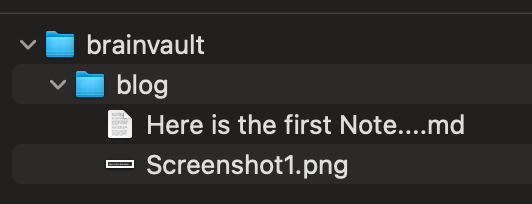Blog
How I've setup Obsidian for blogging
I've stumbled across this during scrolling through different youtube videos. Networkchuck showed here how he is using Obsidian for blogging -> I started a blog... in 2024 and here is his Blogpost
Meine ersten Obsidian Tweaks
Änderungen in den Obsidian Settings damit die Attachments in einem Subfolder gespeichert werden
So sieht die Struktur aus ohne Anpassung

fail2ban

fail2ban
I'm using fail2ban to block script kiddies. Here is one line what you will find in your auth.log
This description can help you how to install and configure fail2ban I will update this post with new infos.
macOS and the X Window System
If you want to use the X Window System on macOS, you need XQuartz.